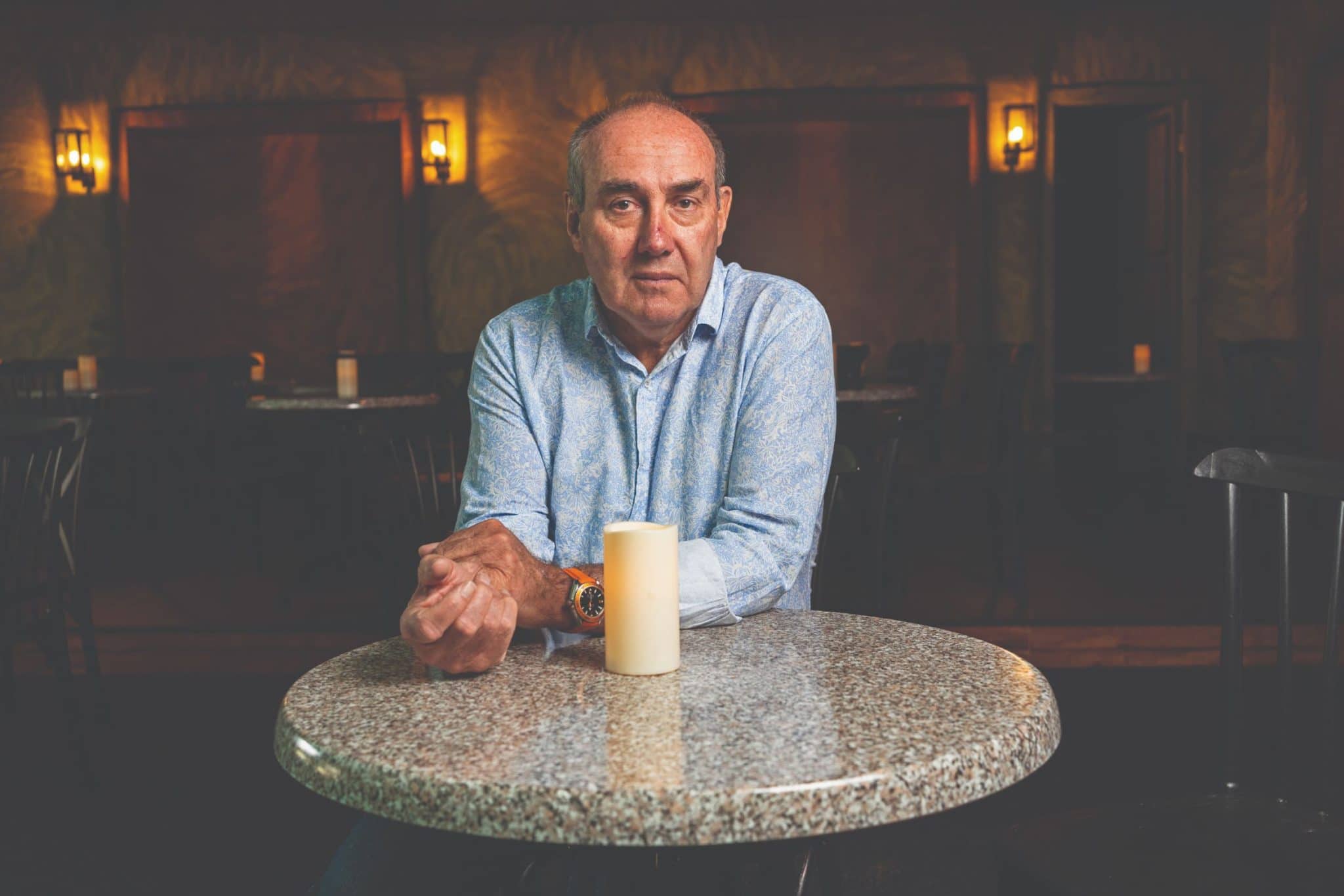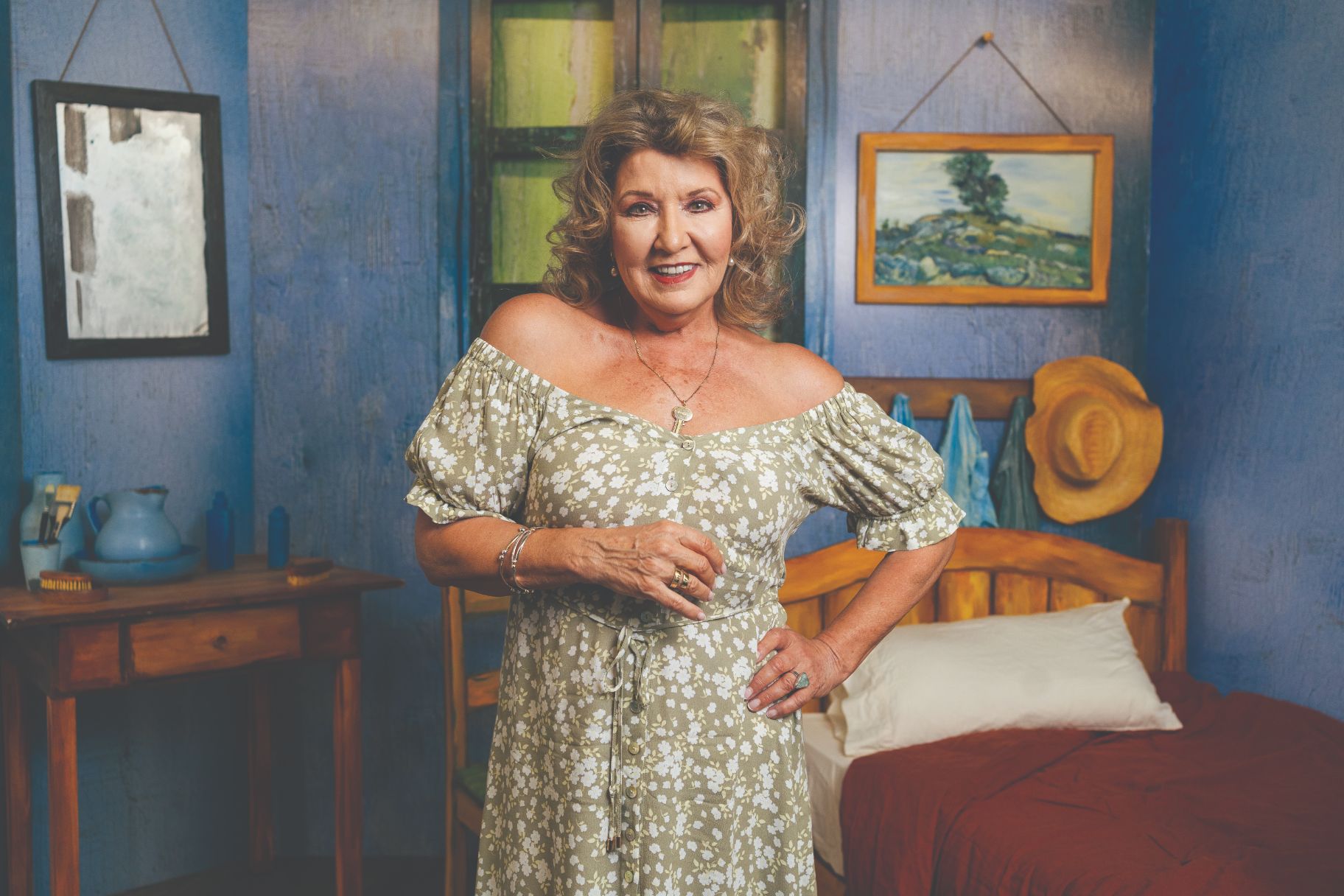
Van Gogh Alive, an immersive, sensory experience that brings the eponymous artist’s extraordinary body of work to life, opened in Canberra to great fanfare on Friday 4 March.
Set inside the world’s largest transportable exhibition building, dubbed The Grand Pavilion, it took organisers seven weeks to set it up atop the Federation Centenary Fountains on Parkes Place Lawns.
“What a location,” Van Gogh Alive producer, Andrew Kay, told Canberra Daily, “the fountain hasn’t been used for 40 years, and we have the cheek to put a building on top of it!”
Taking such a prominent location meant it wasn’t a straightforward build: they encountered anti vaccine mandate protestors and had to remove 40 years’ worth of duck poo from the fountains.
“We’ve had to clean the entire site for the first time in decades, and then build.”
Unlike a typical art exhibition, Van Gogh Alive starts “the moment you walk toward the building”.
The interiors – all designed by Australian theatrical designer Anna Cordingley – whisk you out of Canberra and into another world where Van Gogh’s beautiful post-impressionist paintings have been brought to life.
Rooms in the pavilion dedicated to Van Gogh’s most recognisable masterpieces, Sunflowers and Starry Night, are sure to saturate many Canberra Instagram feeds during the exhibition’s five-week stay.
“People walk in that door, look at the beautiful ceiling, and it starts from there,” Kay said. “And a lot of people leave crying because it’s an emotional experience looking at his life.”
High-definition projectors cast 3000 images telling the Dutch artist’s story, many animated with movement, onto 32 Imax-sized screens.
The images are synchronised to a popular classical music score, while an aroma evoking southern France permeates the space.
The 42-minute projection display tells Van Gogh’s life story in chronological order, starting in his homeland, the Netherlands, where he painted primarily in black and white. From there we go to France, where he both discovered colour and suffered a host of mental health issues that had him admitted to an asylum – where he painted Starry Night.
Throughout the show, excerpts from letters Van Gogh sent home are projected, detailing “the torment of his life”.
“Van Gogh is such an interesting guy, he really did die not knowing he was a success, so it’s a tragic story,” Kay said.
Audiences get lost in ‘the big, broad brushstrokes’

For Van Gogh Alive host and occasional retail assistant, Amanda Muggleton, moving from the familiarity of the theatre to the unknown of a permanent exhibition space has been “heavenly”.
“For the first month I did nothing but sob and cry, because I realised what a sheltered life I’ve led; I’ve either been in front of a camera or behind a proscenium arch.
“It’s like someone’s given me a safety rope I’ve never had in the 45-50 years I’ve been acting.”
Spending her time leading groups through the exhibition and working the merchandise stand on occasion, Muggleton has derived great joy from the “plethora of life” she has encountered on the job.
“You have everyone from intellectuals through to people who have never been to anything like this in their life, and they’re the ones I love because they’re so blown away by what they see in there.”
Founder and CEO of Grande Experiences, Bruce Peterson, said the Van Gogh Alive experience is akin to “a walk through a cinematic production”.
“They don’t have to understand who Vincent is, his genre, or anything about art history,” he said. “They just get lost in the big, broad, brush strokes, colour and music, and for kids it means their first [art exhibition] experience is a happy one, and I think that’s really important.”
Van Gogh Alive is on in Canberra at the Grand Pavilion at Parkes Place Lawns, National Triangle until 10 April; vangoghalive.com.au
Canberra Daily would love to hear from you about a story idea in the Canberra and surrounding region. Click here to submit a news tip.


